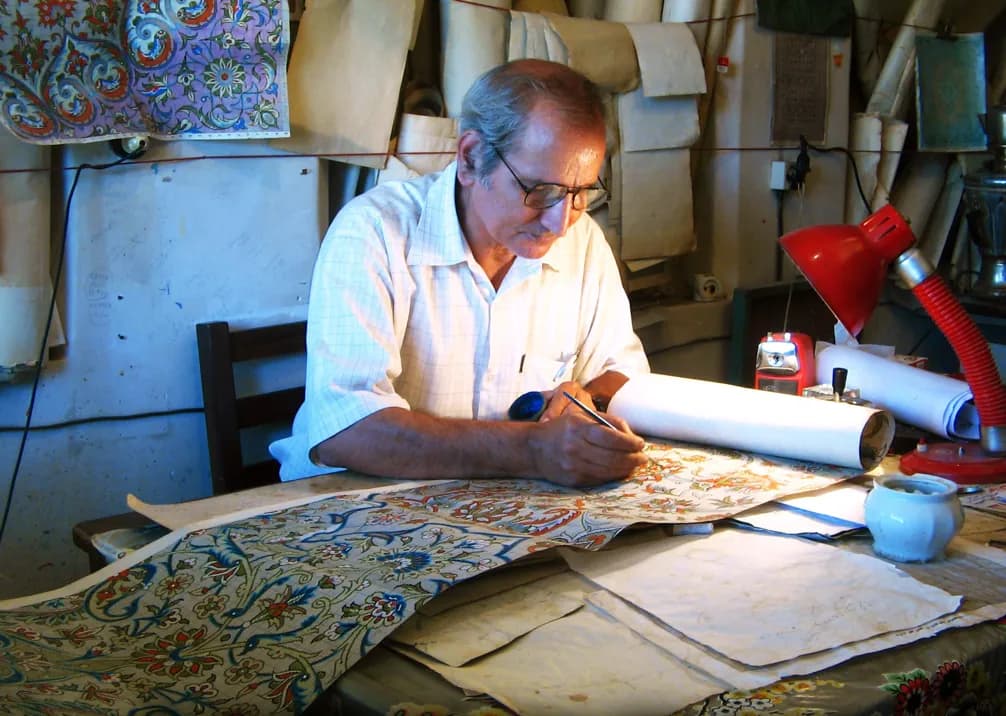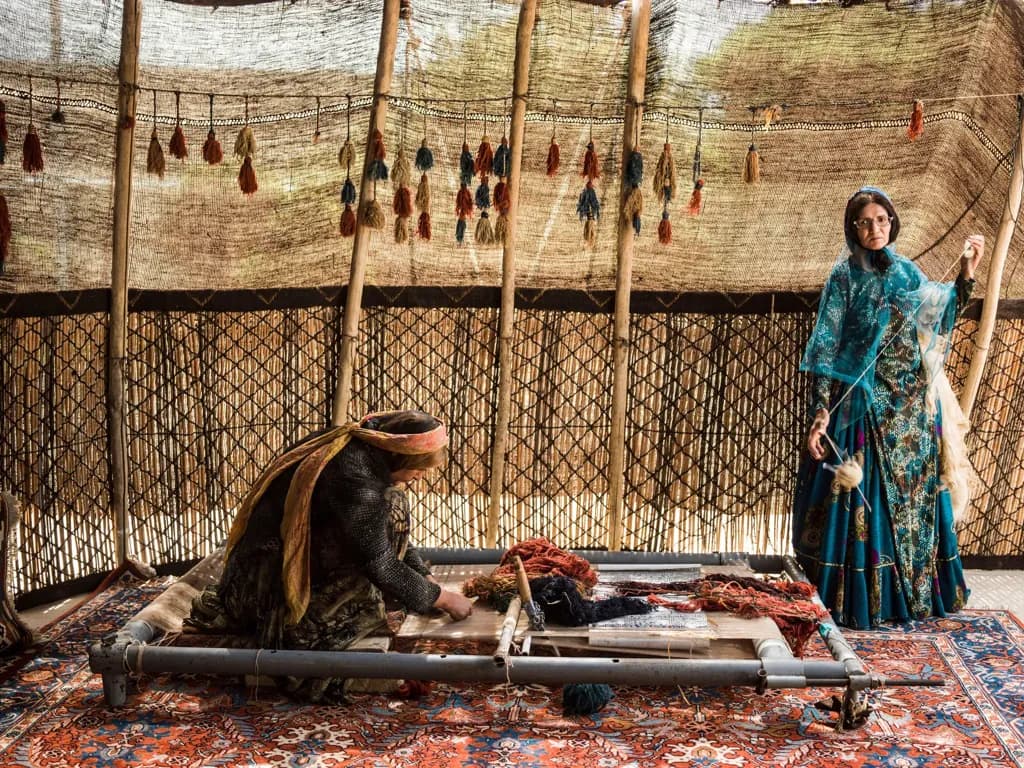Golestan rugs, originating from Iran's northeastern Golestan province, represent a unique fusion of Persian urban sophistication and rural craftsmanship. This region, historically part of the greater Mazandaran area, produces carpets that reflect its rich cultural diversity and agricultural heritage, with designs influenced by both the verdant landscapes of the Caspian region and traditional Persian motifs.
The distinguishing feature of Golestan carpets lies in their floral patterns, appropriately reflecting the province's name which means flower garden
in Persian. These rugs typically showcase intricate botanical designs with a naturalistic approach that sets them apart from more stylized floral patterns found in other Persian rugs. The designs often feature flowing vines, scattered blossoms, and leafy branches arranged in harmonious compositions.
The color palette of Golestan rugs reflects the natural environment of the region, with rich greens, warm earth tones, and vibrant floral hues predominating. Blues reminiscent of the nearby Caspian Sea and soft cream backgrounds are common, creating pieces that bring a natural, organic feel to interior spaces. The dyes used typically produce colors with subtle variations that add depth and character to the overall design.
Golestan weavers are known for their use of high-quality wool, often sourced from local sheep that graze in the province's diverse landscape ranging from mountains to steppes. This wool, when combined with expert weaving techniques, produces carpets with excellent durability and a particularly soft, luxurious feel underfoot.
The technical construction of Golestan rugs demonstrates remarkable attention to detail. Knot counts typically range from 120 to 300 KPSI (knots per square inch), allowing for precise pattern execution while maintaining structural integrity. The foundation is usually cotton, though some premium pieces feature wool warps and wefts, contributing to their durability and investment value.
Border designs in Golestan carpets often feature distinctive interpretations of classical Persian motifs, with particular emphasis on flowing vine scrolls and interconnected floral elements. These borders typically complement rather than compete with the main field design, creating a harmonious overall composition.
Modern Golestan production maintains strong links to traditional methods while incorporating subtle innovations in design and color selection. Contemporary pieces often feature more open fields and slightly simplified patterns that appeal to modern tastes while preserving the essential character of the regional style.
The sizing of Golestan rugs tends toward practical dimensions, with many pieces produced in medium to large room sizes. These proportions are particularly well-suited to contemporary living spaces, offering versatility in both traditional and modern interior settings.
Each Golestan rug represents a celebration of the region's rich weaving heritage, where the natural beauty of the province is translated into enduring works of textile art. These pieces continue to gain recognition among collectors and interior designers for their unique combination of traditional craftsmanship and natural design elements.
The investment value of Golestan carpets is enhanced by their relative uniqueness in the market and their strong connection to one of Iran's most environmentally diverse regions. Each piece offers both practical luxury and artistic excellence, making them increasingly sought after by discerning collectors and homeowners alike.



























